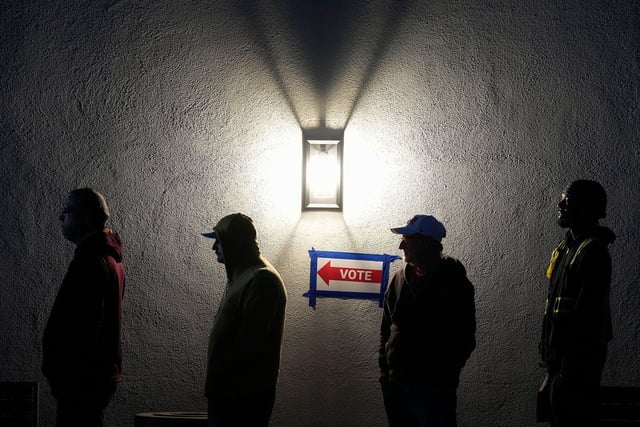Overview
- The once-reliable Obama coalition of young, diverse, and urban voters shifted toward Donald Trump in 2024, contributing to his victory.
- Harris underperformed significantly among men of color, young voters, and new voters, with declines of up to 12 points compared to Biden’s 2020 performance in key demographic groups.
- For the first time in decades, new voters gave less than 50% of their support to the Democratic nominee, with Harris receiving only 48.5% of their votes.
- Harris maintained strong support from highly engaged 'super voters,' winning 50% of their votes, but this was not enough to offset losses among less frequent voters.
- Speculation is growing about Harris’s political future, including potential runs for California governor in 2026 or another presidential bid in 2028.


